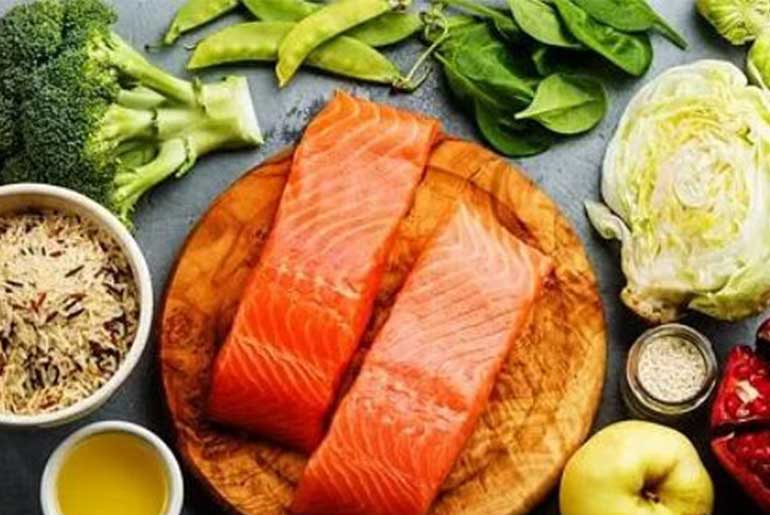The Poha vs Rice Debate
Poha is also known as flattened rice. It is indeed a healthier alternative to regular rice. Although both Poha and rice are derived from the same grain, their nutritional profiles differ in several ways. These nutritional profiles contribute to the perceived health benefits of Poha.
Poha has a lower calorie content compared to rice. This makes it a good option for those who are looking to manage their weight or reduce calorie intake. The exact calorie content can vary depending on the type of Poha and the way it is prepared. But generally, it contains fewer calories than an equivalent amount of cooked rice.
Opinions from specific nutritionists
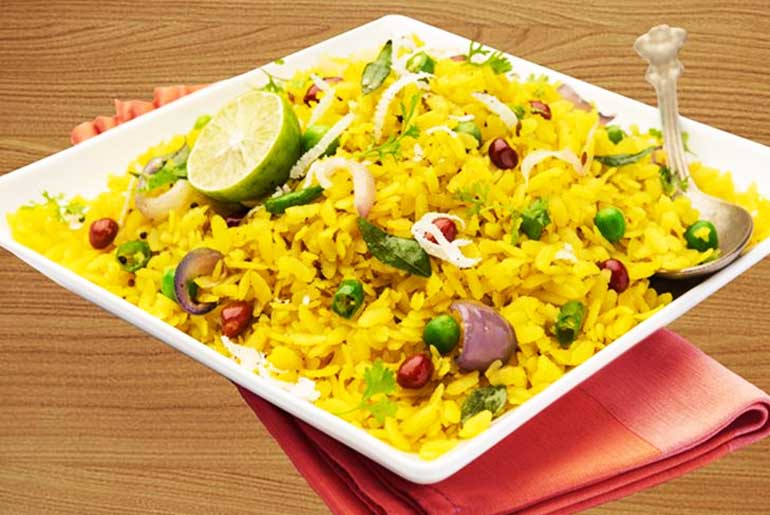
A celebrity nutritionist shared and emphasized the health benefits of Poha.
The higher fiber content in Poha aids in regulating blood sugar levels and promoting better digestion, as mentioned earlier. Additionally, the increased iron content resulting from the processing of rice to make Poha makes it a suitable choice for individuals with anemia. Lemon juice, which is often added to Poha, can enhance iron absorption.
The lightness of Poha on the stomach, coupled with its fiber content, can help in providing a feeling of fullness without contributing to weight gain. which is in line with the idea of Poha being a healthier option for weight management.
The fermentation that occurs during the drying process of Poha can introduce beneficial gut microorganisms, acting as a probiotic and supporting a healthy gut. This highlights another potential benefit of Poha consumption.
It’s important to note that individual nutritional needs can vary, and it’s always advisable to consult with a registered dietitian or nutritionist who can provide personalized guidance based on your specific circumstances.
Poha tends to be lower in calories
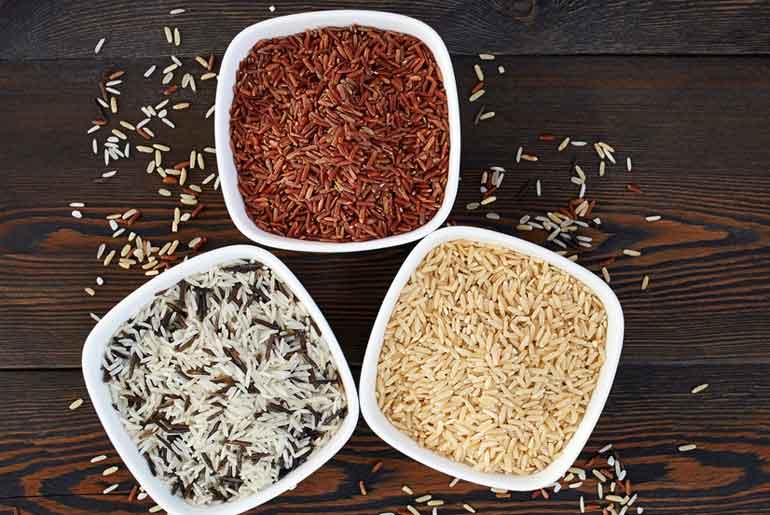
Poha is generally considered lower in calories compared to cooked rice. The minimal cooking process involved in preparing Poha contributes to its lighter and fluffier texture, which can make it a favorable choice for those aiming to manage their calorie intake.
Choosing Poha as a replacement for rice can be a way to reduce overall calorie intake while still enjoying a satisfying and nutritious meal. However, it’s important to keep in mind that the overall healthiness of a meal depends on various factors, including portion sizes, cooking methods, and the ingredients added to Poha.
Less fiber content
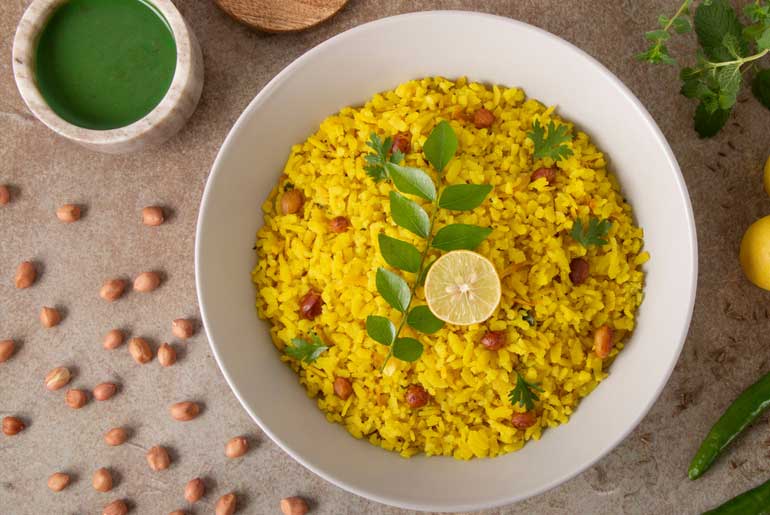
Poha retains more fiber than regular rice because it undergoes minimal processing, allowing the bran layer to remain intact. The bran layer is rich in fiber, and by preserving it, Poha retains a higher fiber content compared to regular rice.
Fiber plays a crucial role in maintaining digestive health. It adds bulk to the stool, promotes regular bowel movements, and helps prevent constipation. The fiber in Poha can also contribute to a feeling of fullness, which may aid in weight management by reducing excessive calorie consumption.
Additionally, fiber helps regulate blood sugar levels by slowing down the digestion and absorption of carbohydrates. This can be particularly beneficial for individuals with diabetes or those aiming to manage blood sugar levels.
Incorporating fiber-rich foods like Poha into your diet can have several health benefits, including supporting digestive health, promoting satiety, and assisting in blood sugar regulation.
Iron riched
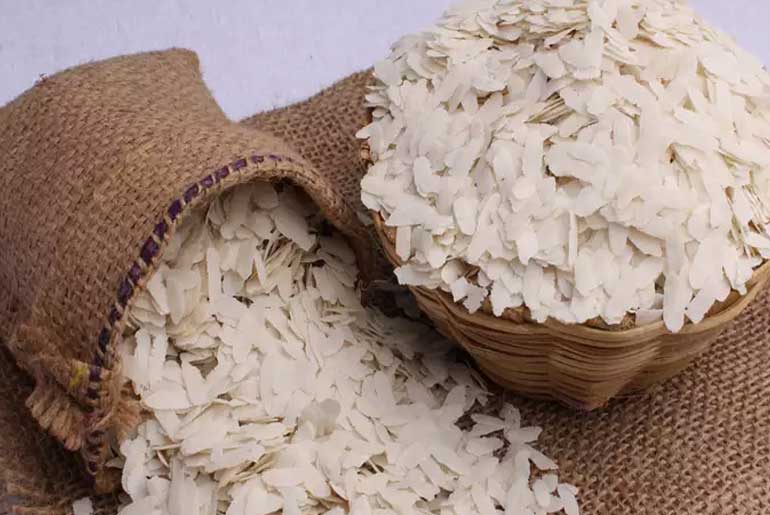
Poha is considered a good source of iron. Iron is an essential mineral that plays a vital role in the production of red blood cells. It is also crucial for transportation of oxygen throughout the body. Iron deficiency can lead to anemia, characterized by fatigue, weakness, and decreased immune function.
The processing of rice to make Poha increases its iron content significantly compared to regular rice. Consuming iron-rich foods like Poha can be particularly beneficial for individuals with anemia or those who may have increased iron needs, such as menstruating women, pregnant women, and growing children.
To enhance iron absorption, it’s often recommended to consume iron-rich foods along with a source of vitamin C. Squeezing a dash of lemon juice over Poha can help increase the absorption of iron. That happens due to the vitamin C content in lemon juice.
Specific cooking time
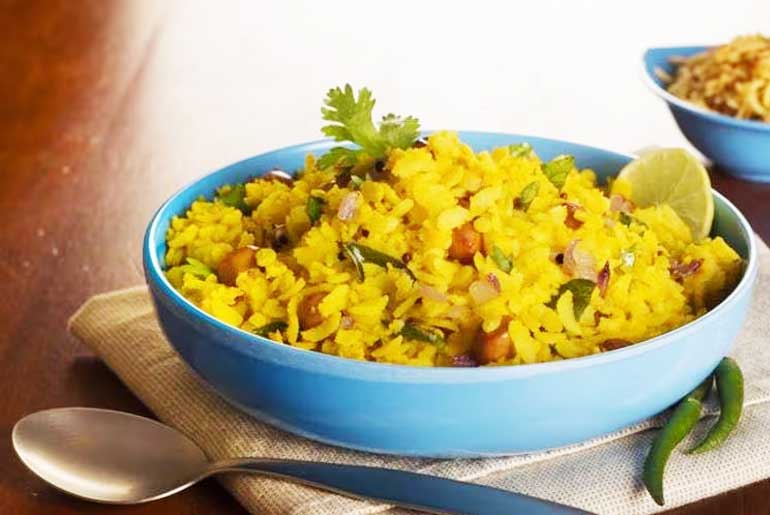
Poha’s convenience as a breakfast or snack option is one of its key advantages. It requires minimal cooking time, allowing for a quick and satisfying meal or snack.
The versatility of Poha allows for easy customization to suit individual preferences and dietary needs. You can add a variety of vegetables, such as peas, carrots, onions, bell peppers, and tomatoes, to enhance its nutritional value and add vibrant flavors. Spices like turmeric, cumin, mustard seeds, and curry leaves are commonly used to season Poha and provide a distinct taste.
Poha with different vegetables, spices, and condiments, you can enhance its nutritional profile, including vitamins, minerals, antioxidants, and fiber, while adding diverse flavors to suit your taste preferences.
The ability to personalize Poha makes it an adaptable and convenient option for a nutritious breakfast or snack. Its versatility and minimal cooking time make it a go-to choice for many people seeking a quick and flavorful meal option.
The bottom line
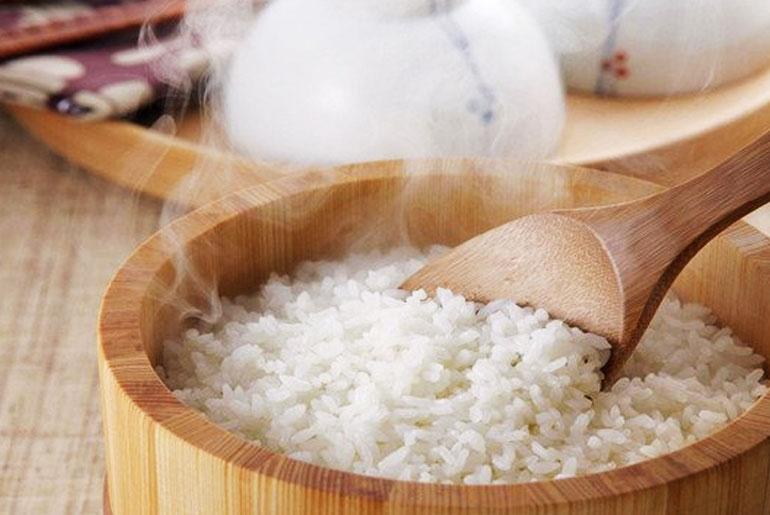
Poha does offer certain health benefits and can be a part of a balanced diet. It is crucial to consider the specific preparation method and added ingredients when assessing its nutritional composition.
To maintain a balanced diet, it’s important to incorporate a variety of nutrient-dense foods from different food groups. While Poha can be a convenient and tasty option, it should be complemented with other sources of nutrients, including proteins, fruits, vegetables, whole grains, and healthy fats.
It’s recommended to focus on overall dietary patterns. Ensure that your meals include a wide range of nutrients to meet your nutritional needs. Consulting with a registered dietitian or nutritionist can provide personalized guidance. It will help you create a well-rounded and balanced diet that suits your individual requirements and goals.





